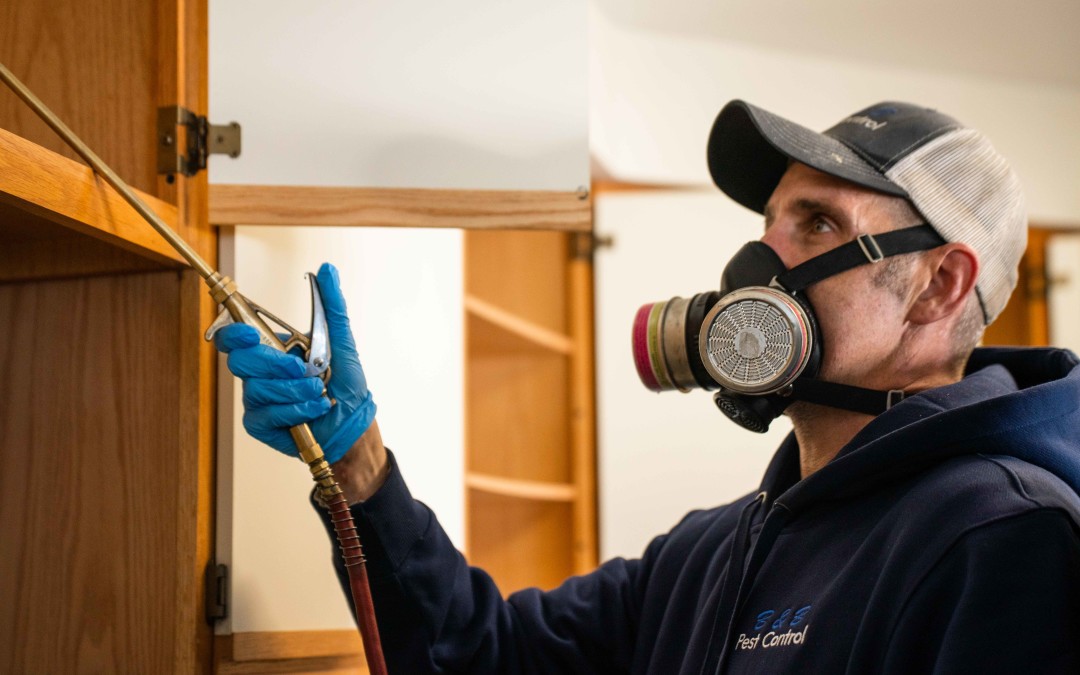The Paratrechina longicornis species is one of the most problematic ant species within residential and urban areas of Massachusetts. This species is commonly known as the “crazy ant,” but some experts refer to the species as the “longhorned crazy ant” to prevent the species from being confused with other invasive ant species that are referred to as “crazy ants,” such as the notorious “Tawny-crazy ant” in the southeast US. These ants get their common name from their rapid and erratic, or “crazy” movements, and their habit of drifting off from trails which is not often observed in other ant species. These non-native ants are one of the most widely distributed ant species in the world, and they are known for establishing extensive infestations within houses and yards. Crazy ants are notable for foraging long distances away from their nests, which makes this species difficult to control.
These ants are thought to have originated from either Africa or Asia, but recent genetic studies suggest a southeast Asian origin. These ants have established habitats all over the United States, and they are both agricultural and indoor pests in tropical and subtropical regions, but in temperate areas of the northeast US, the ants are solely indoor pests. Longhorned crazy ants are considered one of the easiest ant species to identify on account of their noticeably fast and erratic movements, but this species is one of the most difficult ant species to control, as colonies quickly disperse into every nook and cranny of a home, building or apartment complex. These ants have been found infesting every floor within hotels and apartment buildings in Boston, and they gravitate to gas stations, convenience stores and sidewalk shops. This species feeds on dead insects, seeds, plants, honeydew and many human food sources within homes. The central nest is often located within gardens, soil, refuse, garbage, cavities in dead trees and rotting wood, but these ants are usually found foraging in locations far away from their nests, making infestations difficult to treat, as pest controllers often struggle to identify their nesting sites. Infestations can sometimes be eliminated by removing their food supply from indoor areas, but insecticides, baits, granules, dusts, and sprays have proven effective at controlling these ants.
Have you ever encountered a group of foraging crazy ants?

